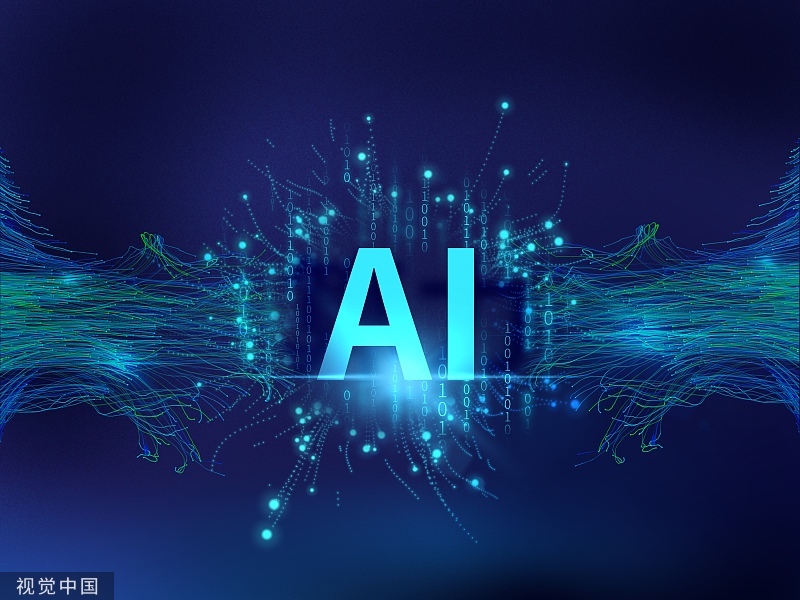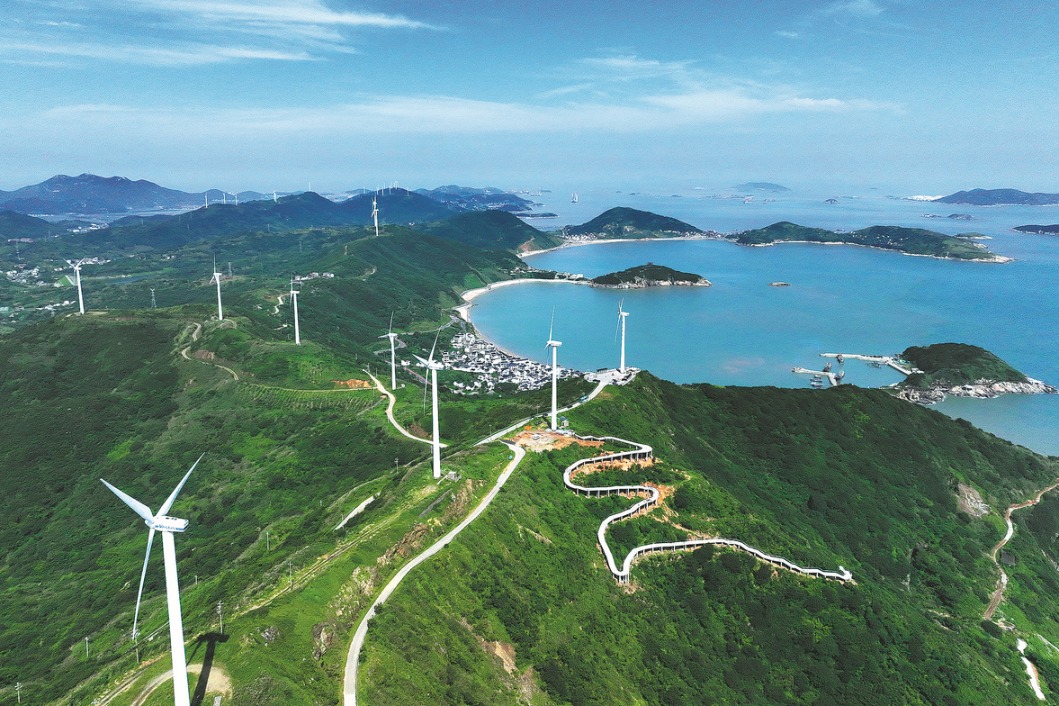AI a worryingly insatiable guzzler of water
China Daily | Updated: 2023-12-18 07:21

Google's 2023 environmental report shows that the company's water consumption increased by 20 percent year-on-year last year, reaching 5.6 billion gallons (approximately 21.2 billion liters), which is equivalent to one-fourth of the world's daily water consumption. Of the 21.2 billion liters of water consumed by Google in 2022, approximately 19.7 billion liters was used for cooling server farms. Microsoft's water usage last year increased 34 percent year-on-year to nearly 6.4 billion liters.
The resource consumption cost of the artificial intelligence technology revolution attracted widespread attention, as the water consumption required for cooling large data models far exceeds people's imagination.
Microsoft's water usage is rising even faster than Google's. In July 2022 alone, one month before OpenAI announced the completion of GPT-4 training, Microsoft pumped approximately 43.53 million liters of water into the server cluster in its data center in Iowa, consuming approximately 6 percent of the local water that day. Studies have shown that when users ask ChatGPT 25 to 50 questions, regardless of whether these questions are reasonable or not, it is equivalent to consuming 500 milliliters of water. It is conceivable that due to the more powerful computing power of GPT-4, water consumption will further increase.
Reducing their carbon footprint has become a conscious action for many companies and individuals. However, there is still limited understanding of the "water footprint" generated by artificial intelligence. With the AI revolution, the "water footprint" hidden behind the new technology is bound to become a major challenge in the future.
Currently, more than 30 percent of the world's data centers are located in the United States, and the high-tech industries in the US are mostly concentrated in the west. However, drought conditions there have been severe in recent years. The US National Weather Service announced that the west of the country is facing the worst drought in 1,200 years this year.
The US technology companies have proposed action plans. Google, Microsoft and Meta have all committed to achieving "water positive" goals by 2030, that is, the water resources returned to communities will exceed the company's water consumption. But at least so far, these companies' efforts have not yielded much result.
In fact, the bigger question is whether the US companies will transfer their AI water problem to other countries. Microsoft has tried to deploy undersea data centers, Meta has built a data center near the Arctic Circle, and Google has set up a data center in Chile. At the beginning of this year, Google announced that it would build a data center in southern Uruguay, using water directly from the public drinking water system, which triggered strong local protests. Microsoft's data center project in Chile has also sparked protests from locals. Some analysts believe that the practice of large US technology companies building data centers overseas is equivalent to "data colonialism". The issue of water consumption may rise to a new stage of intergovernmental consultation and negotiation.
BEIJING NEWS
























